One question that often arises when contemplating the use of solar panels for households or businesses is how fast they can generate energy. Precisely, within what time can a 220W solar panel make electricity? The answer depends on sunlight availability, location and the panel’s efficiency. Let’s break down these factors to understand a 220W solar panel’s performance.
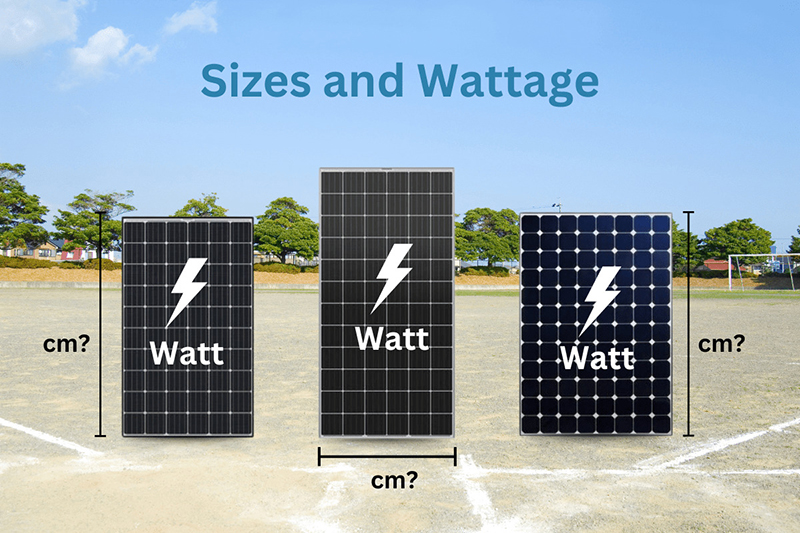
- Understanding Solar Panel Wattage
The "220W" in a solar panel refers to its maximum power output under standard testing conditions, which typically include direct sunlight at an intensity of 1000 watts per square meter and a cell temperature of 25°C (77°F). Therefore, it means this particular device produces 220 watts of power per hour with perfect specifications.
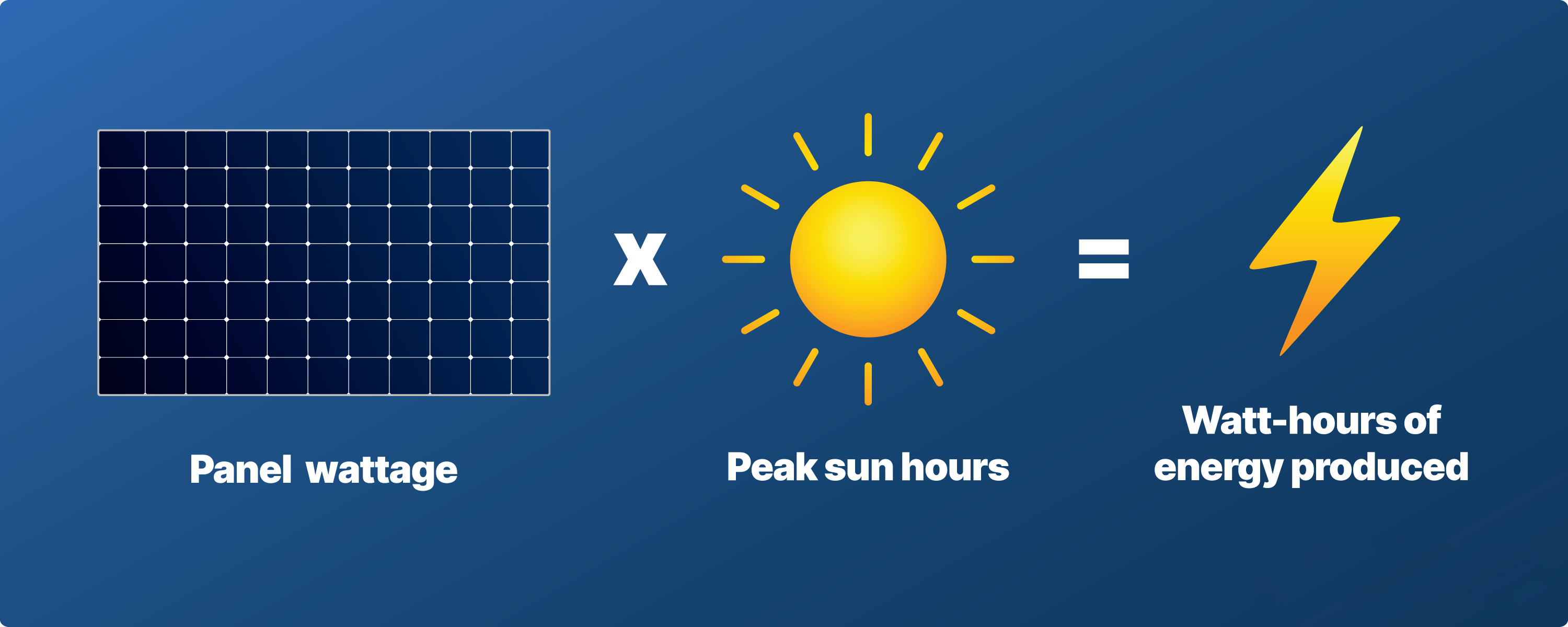
- Energy Production Per Hour
In optimal conditions, a 220W solar panel can produce up to 220 watt-hours (Wh) per hour meaning that it could produce about 1100 Wh during full sunlight day. Nevertheless, these are not constant conditions throughout the day as it relies on how intense and long rays hit the solar modules.
Peak Sun Hours: Most locations receive between 3 to 6 peak sun hours per day, which are the hours when the sun is strong enough to generate the panel's maximum output. For example, if there are five peak sun hours in one day; then this type of panel could release around 1100Wh (1.1 kWh) daily.
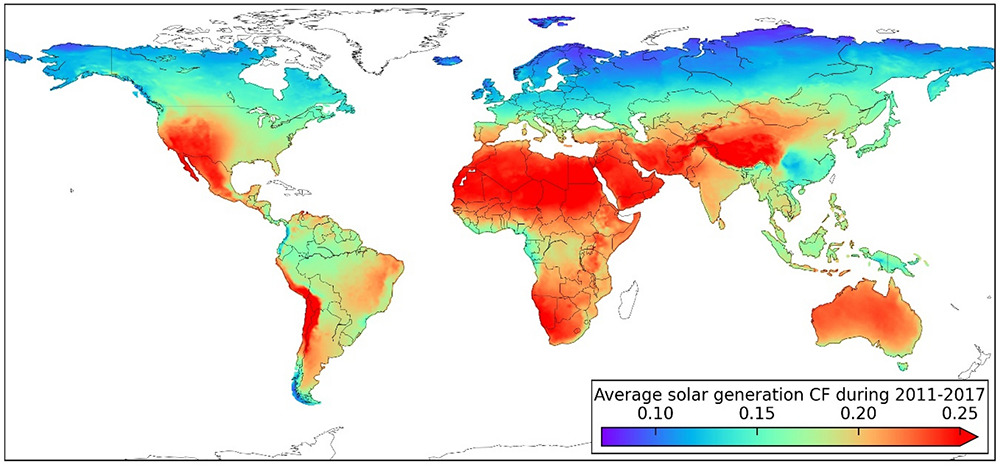
Where the solar panel is located has a big influence on its performance. Areas closer to the equator generally receive more sunlight throughout the year, while in places away from it especially during winter months, there is little of it.
For instance, at 5 peak sun hours per day, a 220W panel will produce approximately 1.1 kWh per day. In a location with only 3 peak sun hours, the same panel would produce around 0.66 kWh daily.
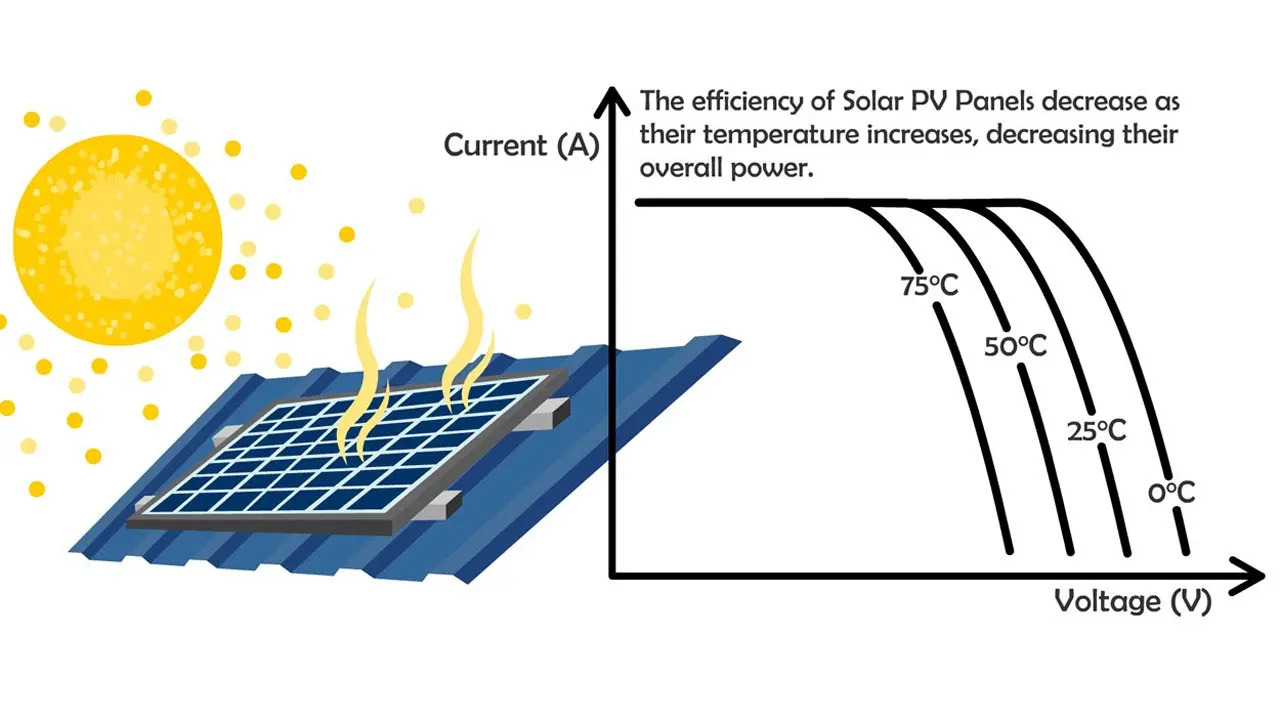
- Panel Efficiency and Real-World Conditions
Real-world conditions are often different from laboratory ones. Dust, shading by trees or buildings and panel orientation may all lead to less energy production.
Efficiency Drop: If dust or shading causes a panel’s efficiency to drop by 10%, then its output power goes down to 198W from an initial value of 220W. This decrease implies that it will produce fewer watts of electricity per hour and hence less over the day.
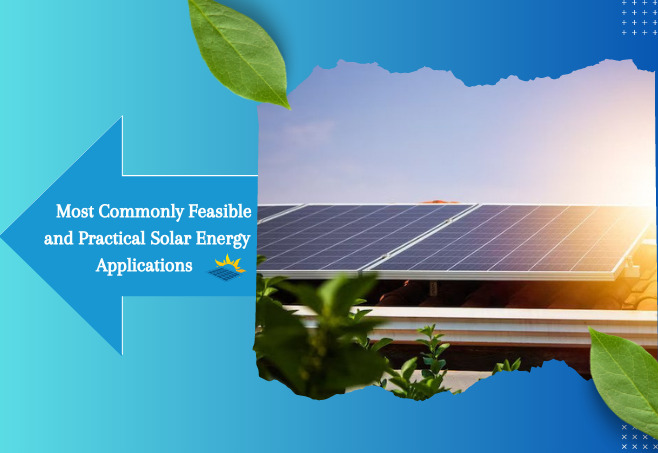
Planning energy use involves understanding how quickly a 220W solar panel generates power. For example:
Charging Batteries: To fully charge 12V battery with capacity of 100Ah using a 220W solar panel under ideal conditions and assuming efficiency is at 100%, it would take around eight hours of sunlight.
Powering Appliances: A small fridge, lights or fans can be powered for some hours per day by a 220W solar panel depending on the amount of energy each appliance uses.
Under excellent circumstances, a 220 W solar panel could generate enormous energy in just a short while. Nonetheless, the actual speed at which energy is generated depends on several factors such as location, sunshine availability and environmental condition. This way, users are able to approximate the performance of their solar panels better and plan how much power they need to produce in response.










